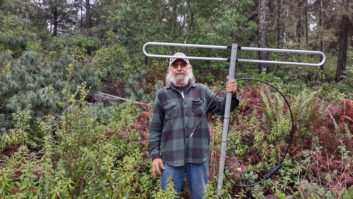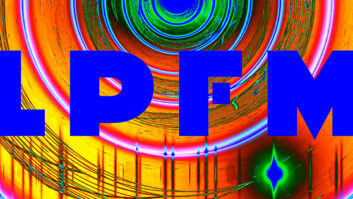This article previously appeared in TV Technology.
I’ve seen the problems that can be caused by ice collecting on TV transmitting antennas. Deicing systems are not as common on UHF and VHF slot antennas as they were on VHF low-band batwing antennas. Without a deicer (a heater in the antenna), the only thing that prevents ice from forming on the antenna and detuning it is the slipperiness of the radome on the antenna and the heat generated in it by the RF signal transmitted.
Thanks to a team of researchers from Harvard University, there may be a solution that does not involve the use of heaters for deicing. The group, led by Joanna Aizenberg, whose credentials include being a Core Faculty Member at the Wyss Institute for Biologically Inspired Engineering at Harvard, said that inspiration for the idea came from the water-repellent lotus leaf.
The researchers invented a new and radically different technology that works under high humidity and extreme pressure. It’s called SLIPS (Slippery Liquid Infused Porous Surfaces) and presents a defect free, molecularly-flat, liquid interface, which is immobilized by a hidden nanostructure solid. Water and ice alike slide easily off this surface.
After this technology was developed, applying it to metal surfaces created an additional challenge. The team developed a way to coat the metal with a rough material that the lubricant can adhere to. The nontoxic, anticorrosive material is sculpted to lock in the lubricant and can be applied on a large scale on arbitrarily shaped metal surfaces.
“This new approach to icephobic materials is a truly disruptive idea that offers a way to make a transformative impact on energy and safety costs associated with ice, and we are actively working with the refrigeration and aviation industries to bring it to market,” said Aizenberg.
Antenna manufacturers may want to look into this.












